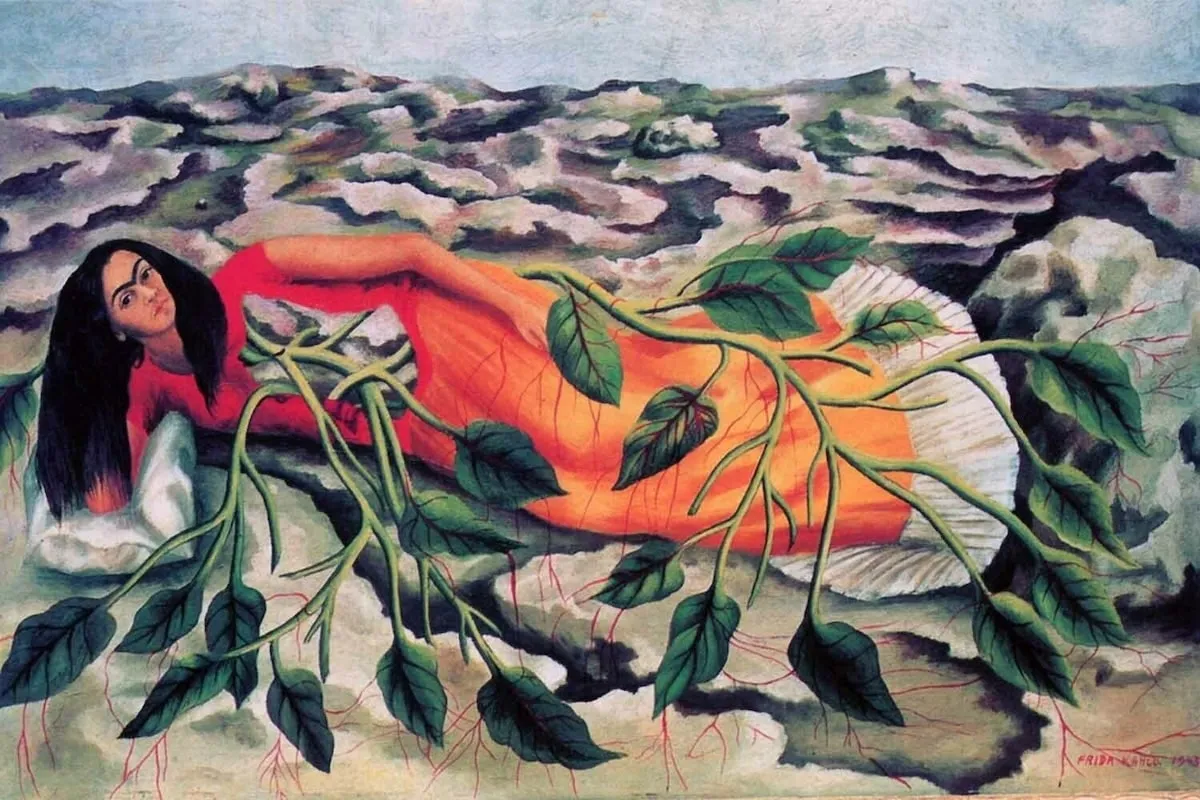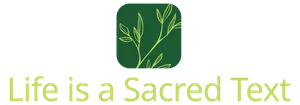it's not about information
what museum educators taught me about Torah

So today I want to talk about– and honor– a mentor whose work really influenced the way I think about, and teach text. (And to remind you, maybe, that even methodological transformations don't have to come from the expected places.)
It's about how I learned to access text− visual, literary, sacred− on its own terms.
When I was a college freshmen, I had the great luck of encountering a visiting arts educator named Philip Yenawine. He was the former Director of Education at MoMA, had left to started a new consulting project with an academic buddy, training teachers and then others in their new approach to art education. I found him– and his approach– fascinating, and (long story short) wound up working for him for the next three years.
(As an aside, Philip has been a force in many ways; he acted as expert witness in David Wojnarowicz’s suit against the American Family Foundation, developed/spearheaded the idea of "A Day Without Art," and as head of Visual AIDS, helped to launch the now-ubiquitous Red Ribbon Project.)


